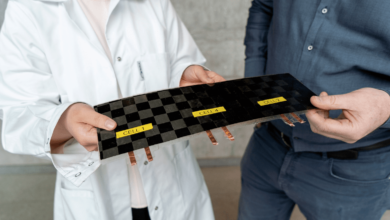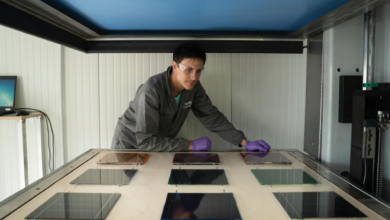A fiberglass plaster for earthquake-proof buildings

Hydrovoltaic effect, what is it and how can we exploit it?
It is still little known but can rely on several dedicated research and devices based on its operation to increase technologies for the exploitation of water resources. Let’s talk about the hydrovoltaic effect, that is the ability to produce electricity from the direct interaction of some nanostructured materials with H2O molecules. It is not a single approach but a range of mechanisms that collect energy from water flowing, falling, condensing, or evaporating.
Research in the field is still in its infancy and requires continued efforts to realise this potential. A new study by the Nanoscience Laboratory for Energy Technologies, at the Lausanne Polytechnic School (EPFL), Switzerland, is helping. Here the manager Giulia Tagliabue and the PhD student Tarique Anwar have decided to investigate the physical phenomena that occur within the hydrovoltaic nanodevices and in particular those that exploit the flow of fluids driven by evaporation. How? Tagliabue and Anwar used a combination of experiments and multiphysics modeling to characterize fluid and ion flows as well as electrostatic effects due to solid-liquid interactions, with the goal of optimizing high-voltage nanodevices. They then created a hexagonal network of precisely spaced silicon nanopillars. The spaces inside these elements create tiny channels for water evaporation.
The research of the EPFL
“Thanks to our new highly controlled platform, this is the first study that quantifies these hydrovoltaic phenomena highlighting the significance of various interfacial interactions,” says Tagliabue. “But in the process, we also made an important discovery: that hydrovoltaic devices can work on a wide range of salinities, contradicting the previous understanding that to achieve the best performance was required highly purified water”.
As scientists explain when confining a saline solution in a nanochannel, only ions with a polarity opposite to that of the surface charge of the nanopillar will remain in the nanochannel. “This means that if you allow the liquid to flow through the nanochannel, it will generate current and voltage,” says Anwar. In detail, the tests carried out showed an output power density of 8 μW/cm2 at a salt concentration of 0.1 M. The study was recently published in the journal Cell Press Device.





